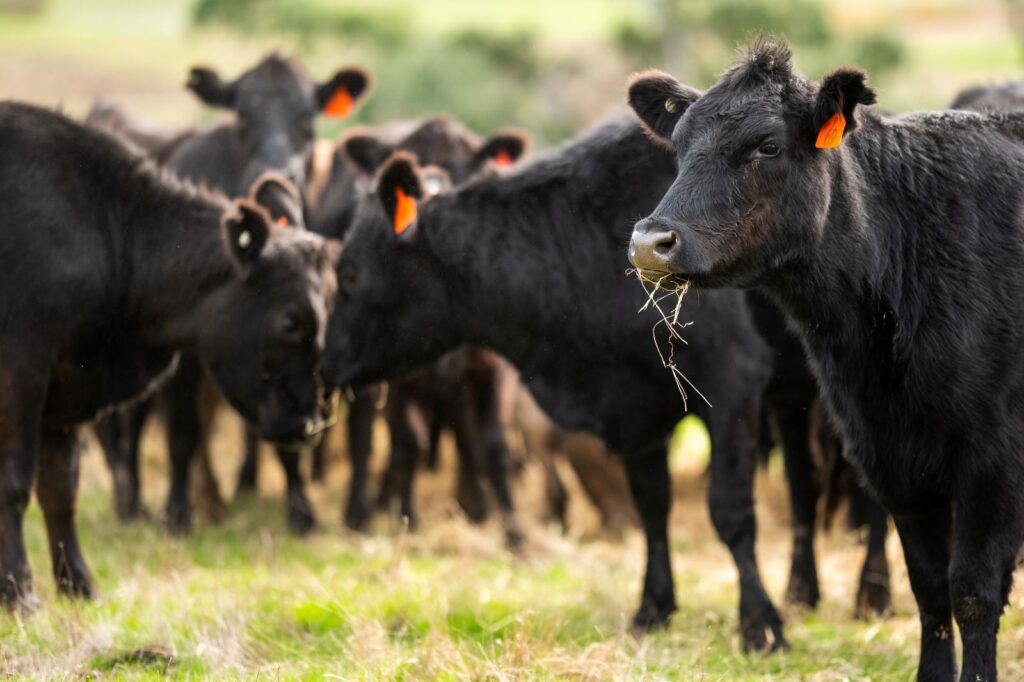Farmers advised to plan ahead for winter parasite control
27th September 2023
Dairy and beef farmers are being advised to plan parasite control before housing to avoid costly losses, with recent warm and wet weather exposing cattle to high worm and fluke challenges.
SQP Mark Pass from Beeston Animal Health says he has seen heifer growth rates compromised by parasites this summer, especially those where little monitoring is being done.
“Youngstock in their first grazing season have been particularly affected as they are yet to develop an immunity to specific worms,” he said.
According to Mr Pass, housing is the perfect time to make sure cattle have manageable levels of parasites, but planning what products to use and when is essential.
Animals that have been protected throughout the summer with a long-acting product should be carefully monitored, grazed on clean pasture and treated if necessary to extend that protection, he advised.
“Don’t wait until housing to treat if your stock are at risk, as that could result in the costly loss of valuable growth.”
Planning is essential to ensure stock is protected at housing and cattle health, growth and production aren’t compromised over winter, Mr Pass continued.
“This must consider what parasites are an issue on the farm by testing using bulk milk ELISA, conducting faecal egg counts, coproantigen tests for fluke and using abattoir data, for example. Growth rates are important indicators for further actions and help to monitor the success of your plan.
“Once you know the parasite risks, you can plan how to manage them by choosing the most appropriate product, considering milk and meat withdrawal times and choosing a product with persistency,” he added.
If cattle are found to have a mixed worm burden, Mr Pass recommends using a combination product that targets gutworms, lungworm, fluke, lice and mange.
“Products need to be used at the correct time for the most effective use, and if using it before housing, a further flukicide may need to be used after housing to ensure all life stages of fluke are removed,” he noted.
Patricia van Veen, technical vet from Zoetis, suggests farmers speak to their animal health provider about the best way to manage parasites at housing.
“Your animal health advisor will be able to give you the best advice on which products to choose,” she said.
“CYDECTIN TriclaMox Pour-On is one option for beef animals. It contains moxidectin and triclabendazole in a convenient rain-fast pour-on formulation. The moxidectin will treat stomach worms as well as controlling chewing and sucking lice. The triclabendazole gives a good spectrum of activity against late immature and adult fluke.
“However, if fluke is not an issue and you are not sure when housing will occur, then a 3-ML wormer, such as moxidectin in CYDECTIN Pour-on® can be used to manage worm burdens into the autumn,” Ms Van Veen explained.
Mr Pass also reminded farmers not to forget about lungworm, a parasite that can result in quite rapid death when signs first appear.
“From picking up lungworm infection to seeing clinical signs such as coughing in cattle can be a little as 8 to 10 days post-infection. In a really heavy burden from coughing to death can be a matter of only a few days,” he warned.
“By treating stock for lungworm before housing with a persistent de-worming product, you can reduce lungworm-associated pneumonia and stress at housing.”

